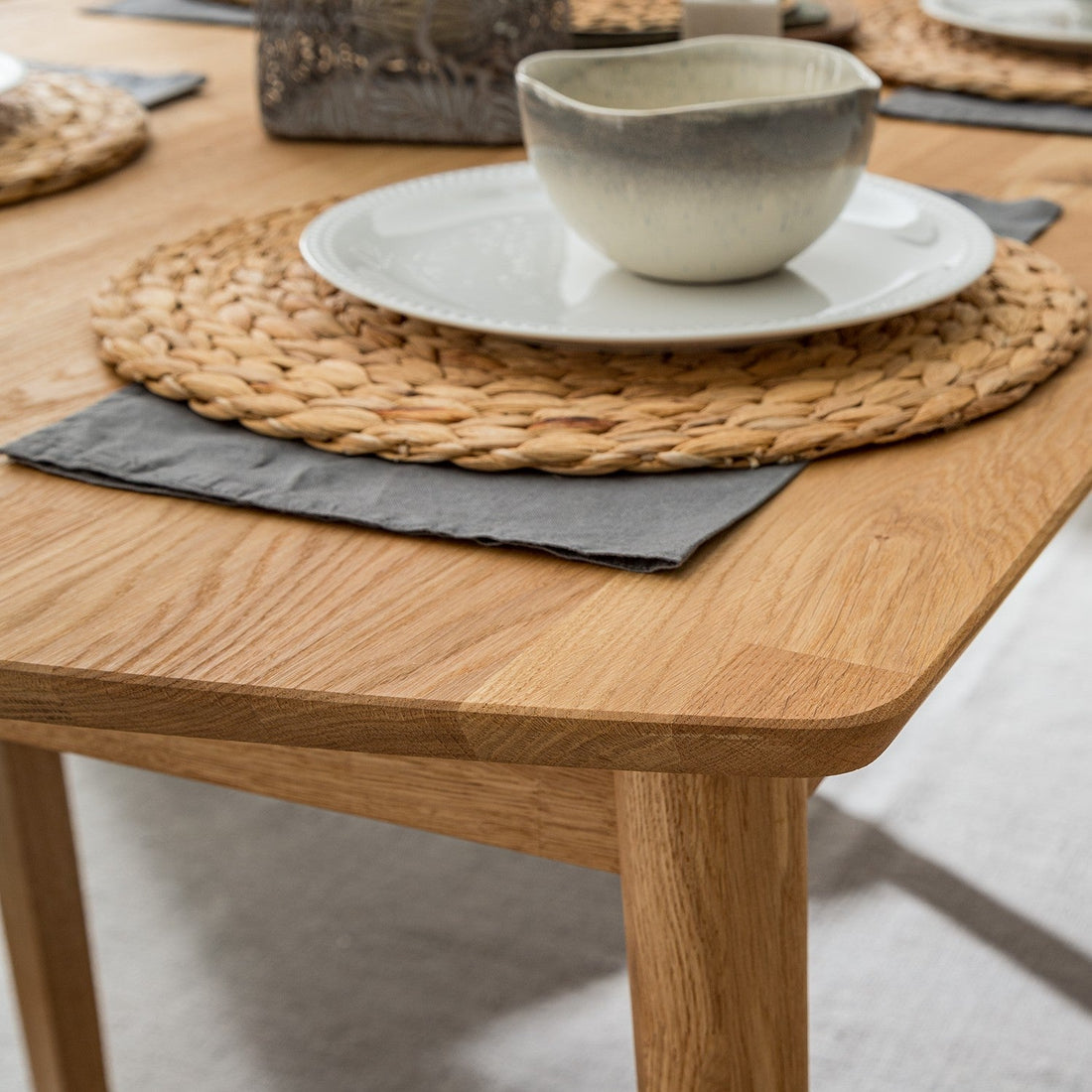
Oak furniture is a very wise investment. Oak is the most popular type of wood because of its natural durability. This hardwood can withstand a lot of wear and tear. Beautiful grain patterns and intricate shapes make this wood desirable for all types of furniture. Oil finishes are commonly used on wood furniture and kitchenware.
Generally speaking, oil finishes are environmentally friendly, food safe and non-toxic. They are also easy to repair and produce a more textured grain pattern than many alternatives. They tend to be considered a more traditional finish, as oils have been used as wood finishes for thousands of years.
Tung oil is a vegetable-based oil used as a wood finish. It is clear, fast drying and penetrates the grain to enhance and protect the wood. It is one of the oldest and most popular wood finishes in the world and is derived from the seeds of the tung tree in East Asia. Tung oil has become a staple among fine furniture craftsmen in the United States and beyond. It is environmentally friendly, non-toxic and food safe.
Tung oil is derived from pressing the seeds of the tung tree, which is native to East Asia. The oil has been cultivated and used in China as a wood finish for at least 2,500 years. Similar to linseed oil, it is difficult to find furniture made with crude or 100% pure tung oil. Many craftsmen will use boiled or polymerized tung oil, and it is also common for manufacturers to mislabel products as tung oil when they are not. If you are interested in a tung oil finish, it is worth doing a little research to understand exactly what finish is being used and what it is composed of.
There are many reasons why a craftsman might consider using tung oil to finish wood furniture. It is all natural, non-toxic and environmentally friendly, and over time it does not yellow as much as common finishes such as linseed oil, nitrocellulose lacquer or varnishes such as polyurethane.

